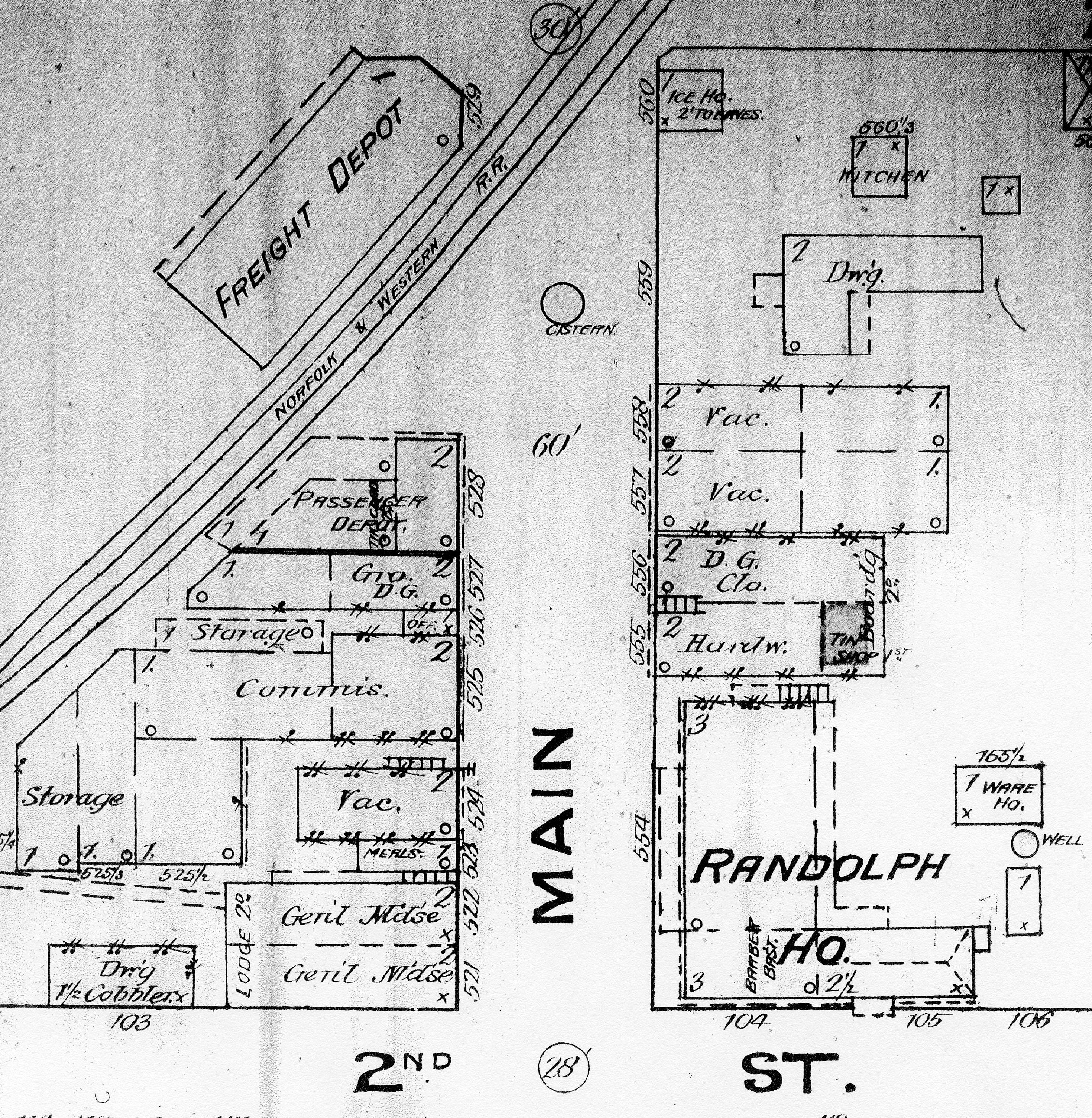The week the aurora borealis came
Published 8:14 am Tuesday, June 13, 2017
By Dr. Ray A. Gaskins
Professor emeritus, H-SC
When the Southside Railroad came to Farmville in 1854, along with it came the telegraph.
Farmvillians were no longer isolated; they were in a sense at the center of the universe. Then along came the solar storm of Thursday, Sept. 1, 1859, now known as the “Carrington Event,” which zapped the telegraph lines and burned out any weak connections. The ensuing worldwide communications outages left Farmville once again isolated. The only bright spot was that it ignited the aurora borealis (northern lights), which could be seen in Farmville and as far south as Mexico, driving church attendance on Sept. 4 through the roof.
The storm actually began on Sunday, Aug. 28 and lasted a week. The Richmond Daily Dispatch — now Times-Dispatch — reported that the aurora borealis, which could not be seen here that first night because of cloud cover, was so bright in Northern Virginia that one Alexandrian, waking up in the middle of the night, thought it was dawn and started preparing breakfast.
Telegraph lines were so overloaded with geomagnetically induced current (GIC) that word soon spread among operators that their messages would be far less garbled if they simply disconnected their batteries and ran on the GIC, which they called the “auroral current.”
On clear nights, people gathered on street corners in Farmville and other cities and towns across America and marveled at what they saw in the sky: “… The whole southern heavens were in a livid red flame, brightest still in the southeast and southwest. Streamers of yellow and orange shot up and met and crossed each other. …” But this was a global event, so people as far north as Queensland, Australia, could see the australis borealis (southern lights).
“The sun regularly bathes earth and the rest of our solar system in energy in the forms of light and electrically charged particles and magnetic fields. The resulting impacts are what we call space weather.” Solar storms are space weather events in which the sun, via coronal mass ejections (CMEs), spews out X-rays, charged particles and magnetized plasma. The sun churns out these CMEs on a fairly regular basis, but due to their highly directional nature, our planet is often spared a direct hit. Good thing, too, because our high-tech civilization is now much more vulnerable to the effects of these storms than it was in 1859.
According to the Space Weather Prediction Center in Boulder, Colorado, solar storms aimed at earth come in three stages. First, high-energy sunlight, mostly X-rays and ultraviolet light, ionizes earth’s upper atmosphere, interfering with radio communications. Next comes a radiation storm, potentially dangerous to unprotected astronauts. Finally comes the CME. The earth’s magnetosphere normally protects us from the solar wind — which is charged particles emitted by the sun; however, the CME can peel it open like an onion and allow the solar wind to penetrate our atmosphere, creating a geomagnetic storm, which can knock out everything from hand-held gadgets to large transformers to the entire satellite fleet.
Our planet is hit with a powerful solar storm about once every hundred years, but ice core samples have recently proven that the Carrington Event was twice as big as any other solar storm in the last 500 years. Although CMEs are the most dangerous, solar flares — typically associated with sunspots — can also be troublesome.
According to a 2008 report from the National Academy of Sciences, a solar storm like that of 1859 would today cause “extensive social and economic disruptions” due to its impact on power grids, satellite communications and GPS systems. The price tag would be between $1 -2 trillion. The probability of another Carrington-like event occurring within the next decade is about 12 percent.
The first paragraph of an executive order signed by President Barack Obama on Oct. 13, 2016, reads: “Space weather events, in the form of solar flares, solar energetic particles, and geomagnetic disturbances, occur regularly, some with measurable effects on critical infrastructure systems and technologies, such as the Global Positioning System (GPS), satellite operations and communication, aviation and the electrical power grid. Extreme space weather events — those that could significantly degrade critical infrastructure — could disable large portions of the electrical power grid, resulting in cascading failures that would affect key services such as water supply, health care and transportation. Space weather has the potential to simultaneously affect and disrupt health and safety across entire continents. Successfully preparing for space weather events is an all-of-nation endeavor that requires partnerships across governments, emergency managers, academia, the media, the insurance industry, non-profits and the private sector.”
Virtually every executive agency or department is named in the executive order as having responsibility to “coordinate their efforts to prepare for the effects of space weather events.” The ultimate goal is to predict the occurrence far enough in advance so we aren’t caught off guard the next time the sun hurls one our way. It is quicker and less expensive to turn everything off, wait out the solar storm and turn everything back on than it is to rebuild everything. Nevertheless, there will be chaos and a plan must be in place to minimize it.
Since it is still devilishly difficult to predict when the next big geomagnetic storm will hit the earth, or which regions of our planet will be most affected, you should err on the side of caution. You should have an emergency kit, including flashlight batteries, ready to go, and a plan for getting in touch with loved ones. To spare your gadgets from the electromagnetic onslaught, you can store them in a metal enclosure, such as a metal desk drawer, file cabinet or ammo can, which does not have to be grounded. The GIC will induce current in the outermost metallic shell, leaving its contents unaffected.
It would also be advisable to have a few days supply of food and water set aside. And given the projected economic losses, you might want to hide a few dollars under your mattress — in the form of ones, fives, 10s and 20s — because it will be hard to make change for $100 or $50 bills during an emergency.
The earth is 93 million miles from the sun, so it takes sunlight only eight minutes and 20 seconds to reach earth. Coronal mass ejections do not travel as fast as sunlight, but one containing a billion tons of matter could reach earth in as little as 13 hours or as long as 86 days.







